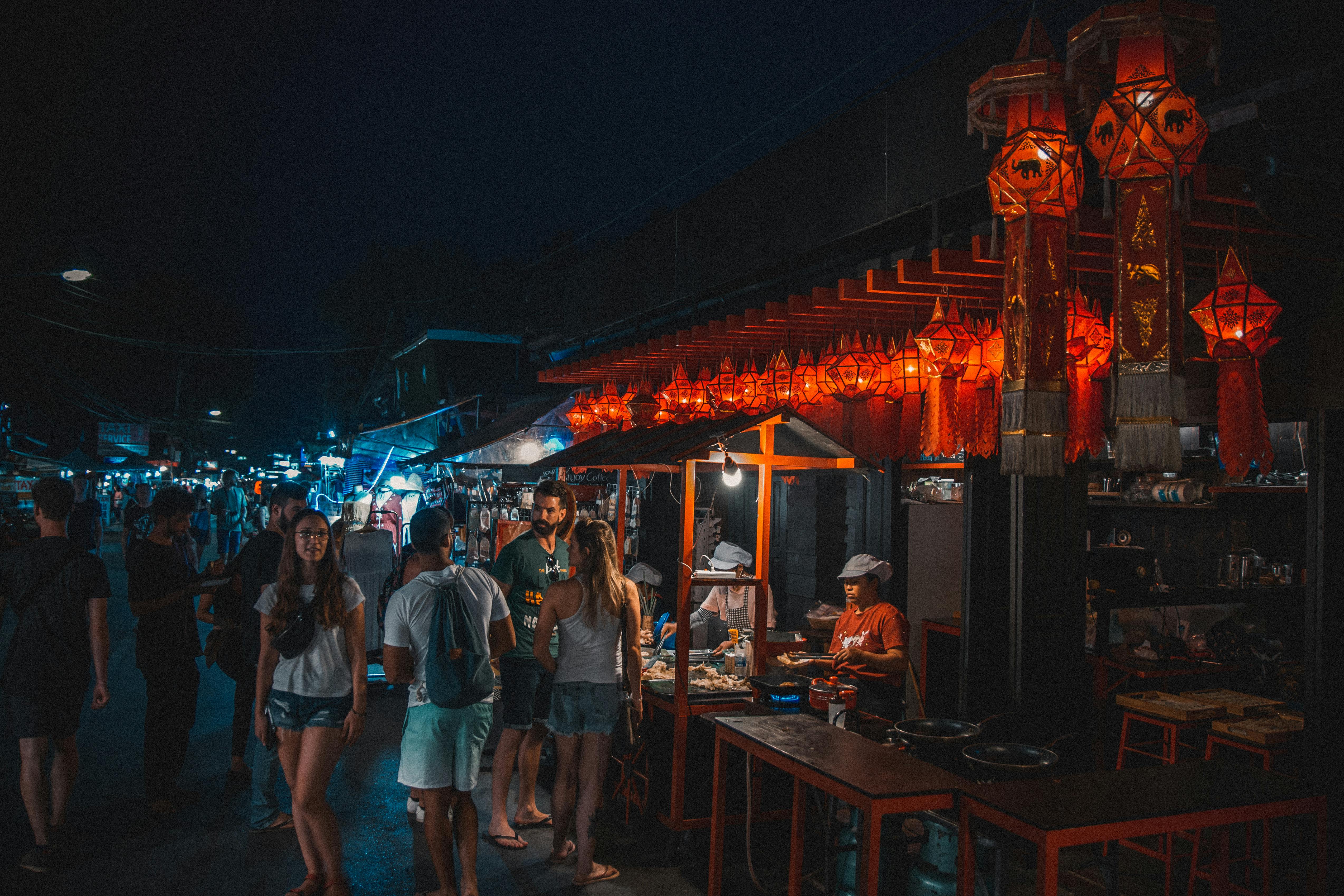Unveiling the Mysteries of Dark Tourism: A Deep Dive into a Fascinating Travel Trend
The world is a vast and diverse place, teeming with a myriad of experiences waiting to be explored. Among the various travel trends emerging over the years, one stands out for its intriguing, albeit somewhat eerie, allure: dark tourism. This article delves into the depths of dark tourism, shedding light on its historical origins, current trends, and what it means for today's travelers.

Delving into the Darkness: A Historical Perspective
Dark tourism, also known as grief or disaster tourism, isn’t a new phenomenon. Its roots can be traced back to the Middle Ages when people embarked on pilgrimages to witness the sites of religious martyrdom and miracles. These early forms of dark tourism evolved over centuries, eventually encompassing visits to battlegrounds, disaster zones, and places associated with death and suffering.
A Current Snapshot: Dark Tourism in the Modern World
As dark tourism continues to grow in popularity, it’s become a fascinating subject for sociologists, psychologists, and travel experts alike. The rise of this travel trend is backed by a desire to understand and empathize with the suffering of others, as well as reflect on our mortality. Popular dark tourism destinations include the Auschwitz concentration camp in Poland, the Hiroshima Peace Memorial in Japan, and Ground Zero in New York.
The Allure and Impact of Dark Tourism
Dark tourism’s appeal lies not in the macabre, but in the raw, emotional experiences it provides. These destinations offer a stark contrast to the typical sun-soaked vacation spots, providing an unfiltered look into humanity’s darkest hours. However, this travel style also poses challenges. It’s crucial to maintain respect for these sites and the tragic events they represent, promoting education and reflection rather than exploitation.
Intriguing Aspects of Dark Tourism
- The concept of ‘last chance tourism’ - visiting sites that are on the verge of disappearing due to environmental changes or urbanization.
- The emerging trend of ‘nuclear tourism’ involves visiting sites of nuclear disasters, such as Chernobyl and Fukushima.
- ‘Ghost tourism’ includes visits to haunted places or sites associated with paranormal activities.
Concluding Thoughts on Dark Tourism
Dark tourism offers a unique perspective, enabling us to confront our fears and grapple with the complexities of human history. It’s a form of travel that encourages introspection and understanding, acting as a stark reminder of our shared past. As dark tourism continues to evolve, it’s essential for travelers to approach these sites with sensitivity and respect, ensuring that these important historical narratives continue to be told accurately and respectfully.
In a nutshell, dark tourism is more than just a trend; it’s a reflection of our innate curiosity about life’s darker aspects, prompting us to explore, learn, and grow from these experiences. It’s an adventurous journey into the depths of human history, fostering empathy, understanding, and a profound appreciation for the resilience of the human spirit.




